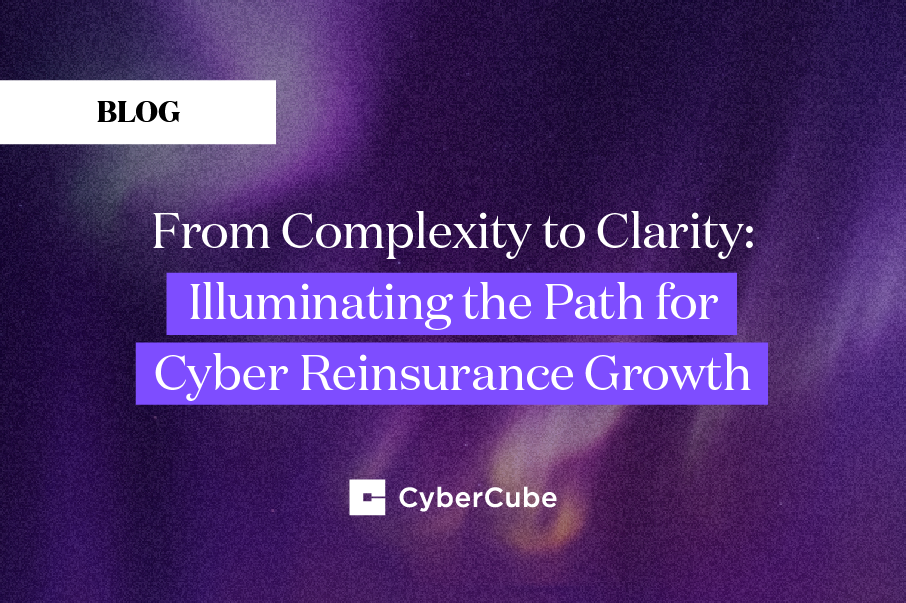Recently, CyberCube and the UC Berkeley's Center for Long-Term Cybersecurity hosted a workshop for some senior (re)insurance strategists, to explore - and embrace - a range of uncertainties facing the insurance industry and the risk landscape in the near future.
We published a whitepaper, exploring this research more deeply. This can be found by clicking the image below (Uncertain insurance futures ).
I highlight 5 key takeaways for the (re)insurance industry as it faces disruptive change in the near future:
- Participate in the cyber insurance market with a learning mindset that expands far beyond today’s digital risk needs. Digital risk will transform almost all other lines of P&C insurance. Developing the capability to understand digital risk as an insurer in the future extends far beyond the need to provide “data breach insurance” today but becomes a peril that transverses all lines of insurance in the future
- Recognise that regulation of internet technology has the potential to create major discontinuities. As technology risk transforms society, it will attract major regulatory attention
- Insurers must invest in new data and analytics capabilities, including data governance
- Develop localised approaches to digital risk, as well as global approaches –Digital risk provides an opportunity for global insurers to develop global capabilities, products,organisation and information sharing. At the same time, it is important to be mindful of local variations in technology ecosystems
- Be mindful of unidentified technology aggregation in any new policy wording being drafted today. It is not inconceivable that(re)insurers run the risk of an ‘asbestos’ moment where a technology event could cause a drag on industry financial results for a generation
Underpinning all of this, insurance of digital risk should be a core component of any insurer’s long-term planning. Cyber risk currently costs the economy at least $400B per year and that number could easily reach trillions of dollars and a substantial portion of global GDPin the decade ahead.
Such enormous growth in new risk pools creates enormous (potentially even unparalleled) opportunity for the risk transfer industry to become more relevant in the generation ahead. The market opportunity is both too big to ignore and also large enough for (re)insurers to place bets on small segments of that market and still create very large and profitable businesses (without taking on what might be deemed ‘uninsurable’).
At the same time, the future of digital risk is so uncertain, it needs to be revisited regularly and subject to the kind of pressure testing of various future scenarios, which are unknowable today.




